Nineteenth Century
Hell Up To Date
A modern (1894) version of THE INFERNO. Many more weird illustrations at the link, where you may read the whole thing.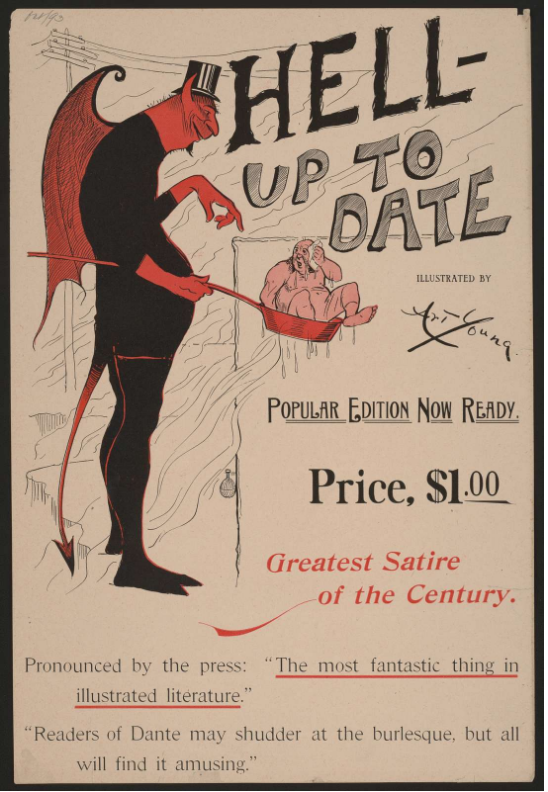
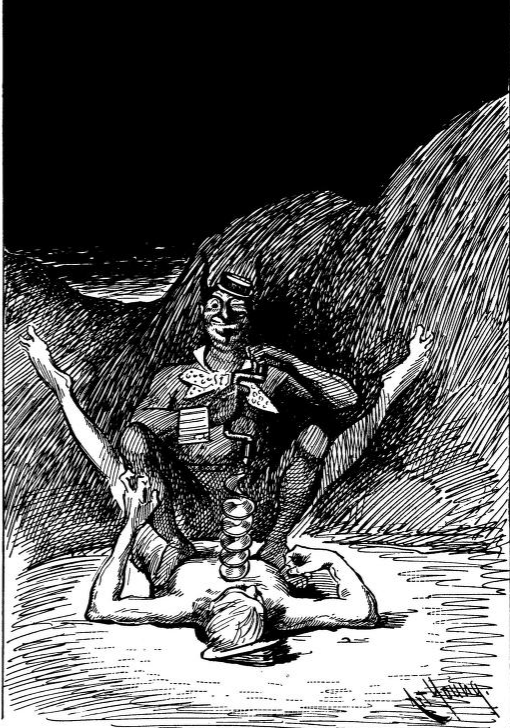
Posted By: Paul - Sun Aug 22, 2021 -
Comments (1)
Category: Fate, Predetermination and Inevitability, Literature, Religion, Parody, Satire, Nineteenth Century
California Soap Mine
Was the 1855 Soap Mine tale just a prank or hoax? What about the 1901 article, in third place, which sounds a little more scientific?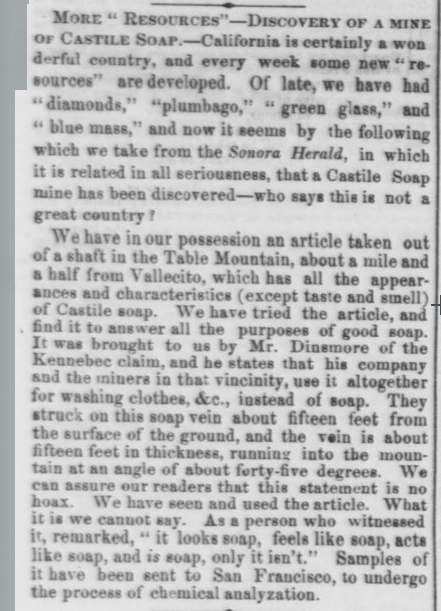
Source.
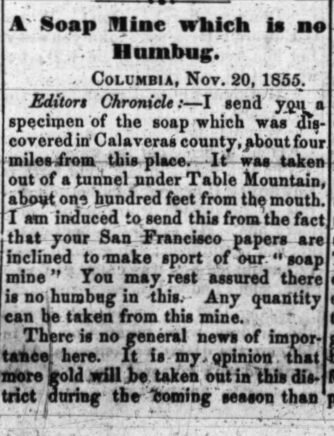
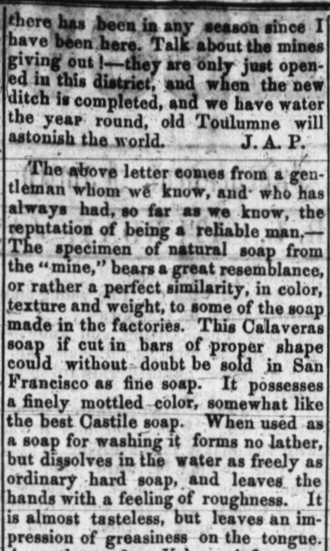
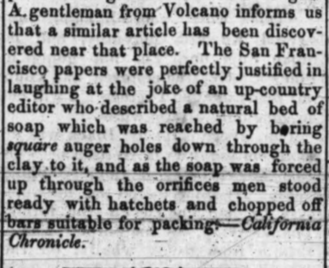
Source.
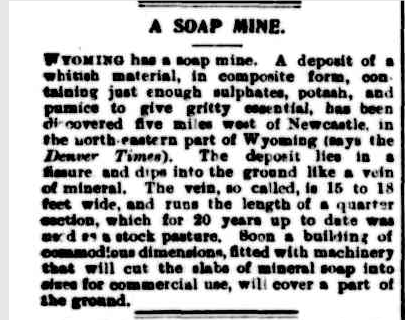
Source.
Posted By: Paul - Mon Aug 16, 2021 -
Comments (3)
Category: Freaks, Oddities, Quirks of Nature, Hoaxes and Imposters and Imitators, Humor, Hygiene, Regionalism, Natural Wonders, Nineteenth Century, Twentieth Century
Fifty Years in the Magic Circle
Life for a Victorian magician wasn't always easy, with the audience using live ammunition.Read the whole thing here.
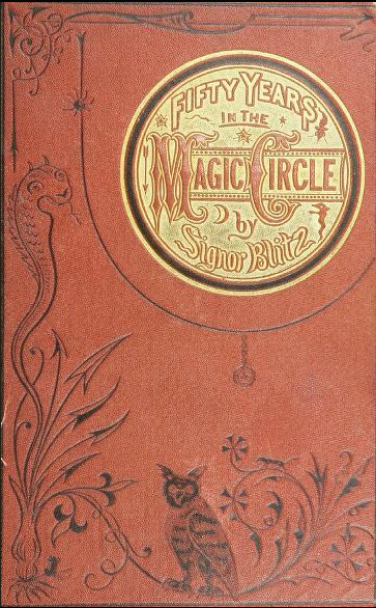
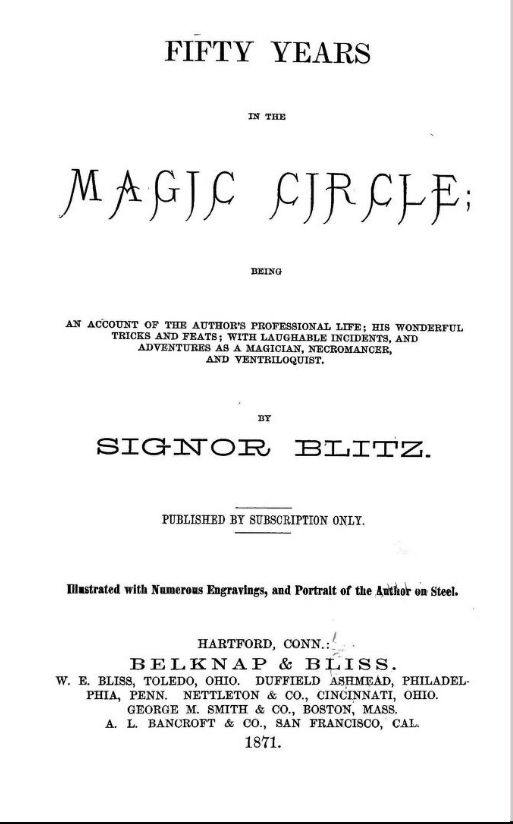
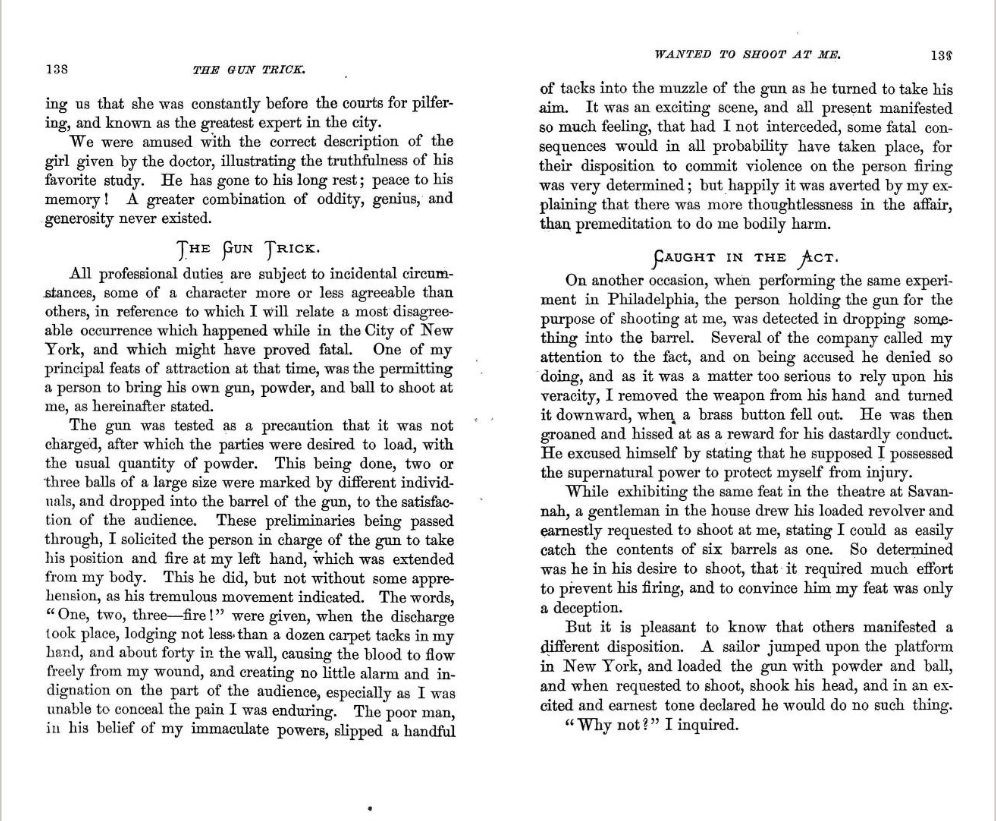
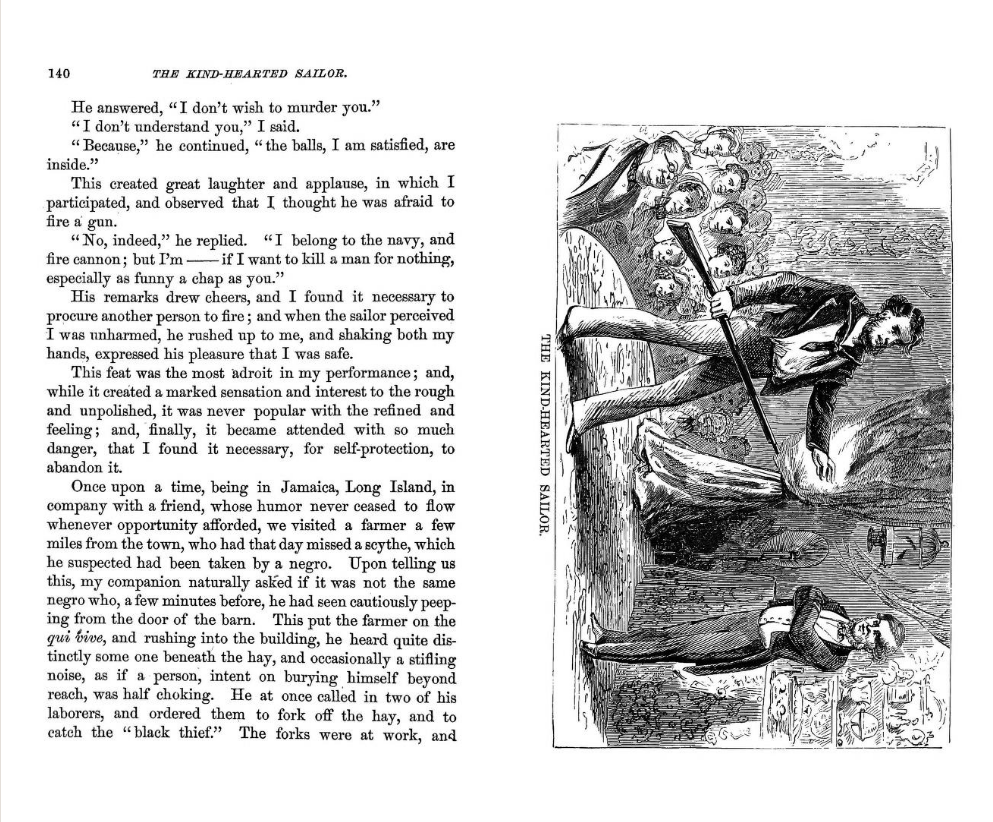
Posted By: Paul - Sat Jul 17, 2021 -
Comments (0)
Category: Magic and Illusions and Sleight of Hand, Books, Nineteenth Century
Unauthorized Dwellings 17
Are the entire populations of San Francisco and Sacramento squatters? One person, John Sutter, believed so.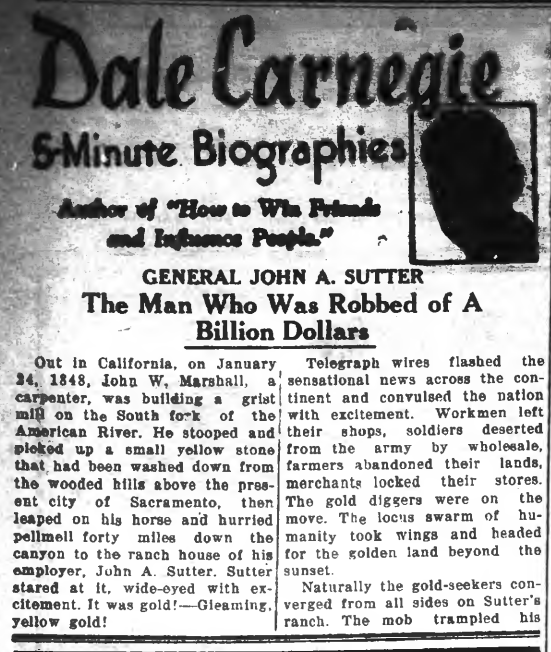
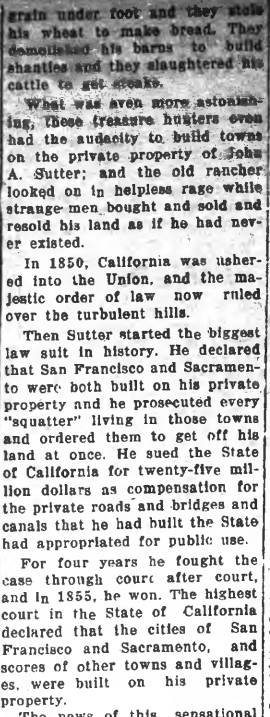
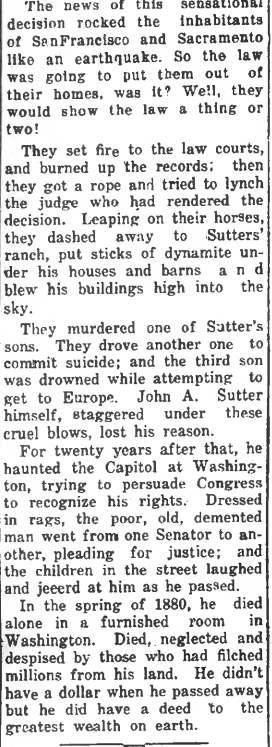
Article source.
Posted By: Paul - Wed Jun 30, 2021 -
Comments (2)
Category: Lawsuits, Unauthorized Dwellings, North America, Nineteenth Century
Polyform, Edison’s Topical Anesthetic
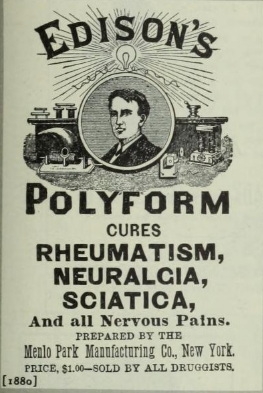
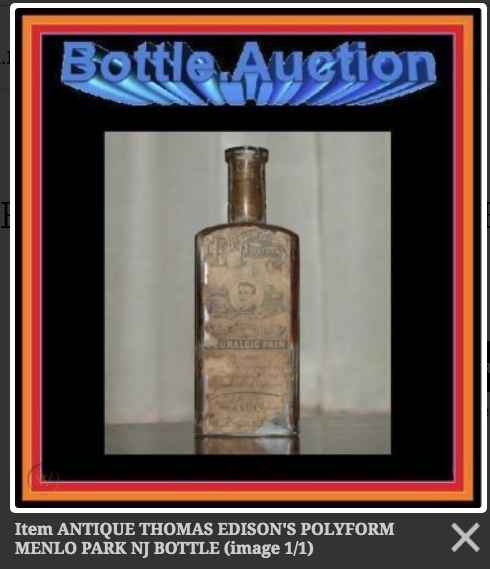
American inventor and businessman Thomas Alva Edison is legendary for his contributions to such technologies as the lightbulb, the telephone, the phonograph, and motion pictures, among many others.1In his lifetime, Edison obtained 1,093 US patents and some 1,239 patents in other countries. Little known among these efforts was his “improved anesthetic compound.”
In the summer of 1882, George F. Shrady (Founder and Editor, Medical Record 1866–1904) (1837–1907), reported that Thomas Edison invented a new anesthetic made of chloroform, ether, alcohol, and camphor and had applied for British and German patents.2The witty but misinformed editor added, “Edison may wish to use it on his stockholders until electric light was in successful operation.”
In fact, the “anesthetic” actually was an analgesic liniment that Edison had prepared in early 1878. He named it Polyform and advertised it for “neurologic pain.” Polyform was a mixture of chloroform, ether, camphor gum, alcohol, chloral hydrate, morphine, and oils of peppermint and clove. Edison believed that his compound’s various analgesics would potentiate each other and that the mixture would attack pain in a “shotgun manner.”3
More info here.
Posted By: Paul - Thu Jun 24, 2021 -
Comments (1)
Category: Celebrities, Inventions, Patent Medicines, Nostrums and Snake Oil, Nineteenth Century
Horse Spike
In 1899, Patent No. 636,430 was granted to Franz and Konrad Hieke of Philadelphia for what they described as "cavalry equipment". It was essentially a large spike attached to the front of a horse. From their patent:
A better view:

Argos Reflector - Feb 8, 1900
I wonder if one of these was ever actually used in combat?
Posted By: Alex - Tue Jun 22, 2021 -
Comments (3)
Category: Animals, Inventions, Patents, Weapons, Nineteenth Century
The Philadelphia Resurrectionists
Jefferson Medical College is still extant. Not sure if their literature highlights this incident.Source: The Boston Weekly Globe (Boston, Massachusetts) 19 Dec 1882, Tue Page 5
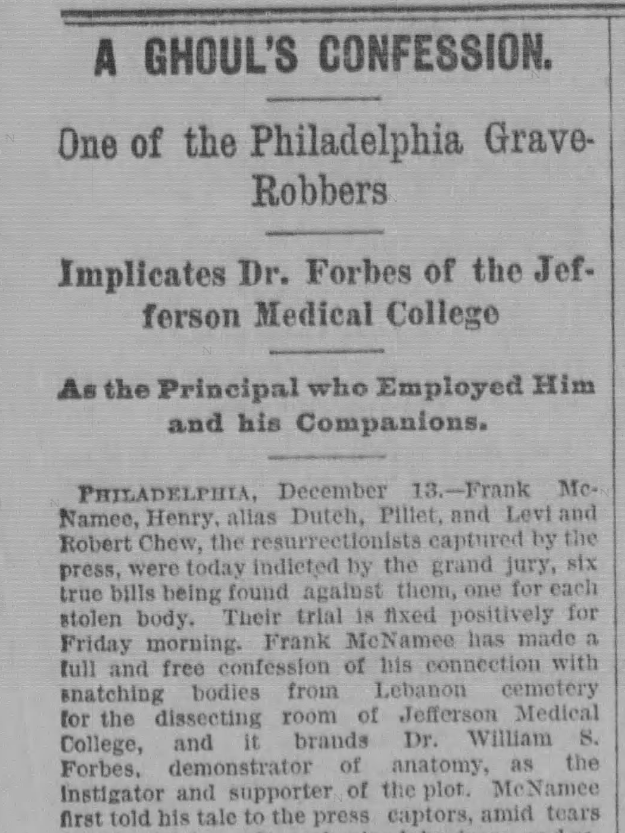
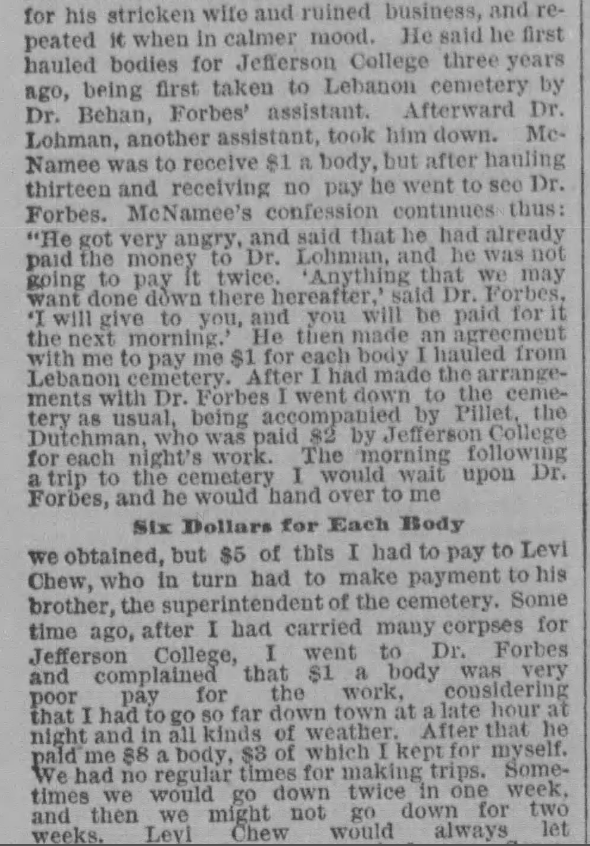
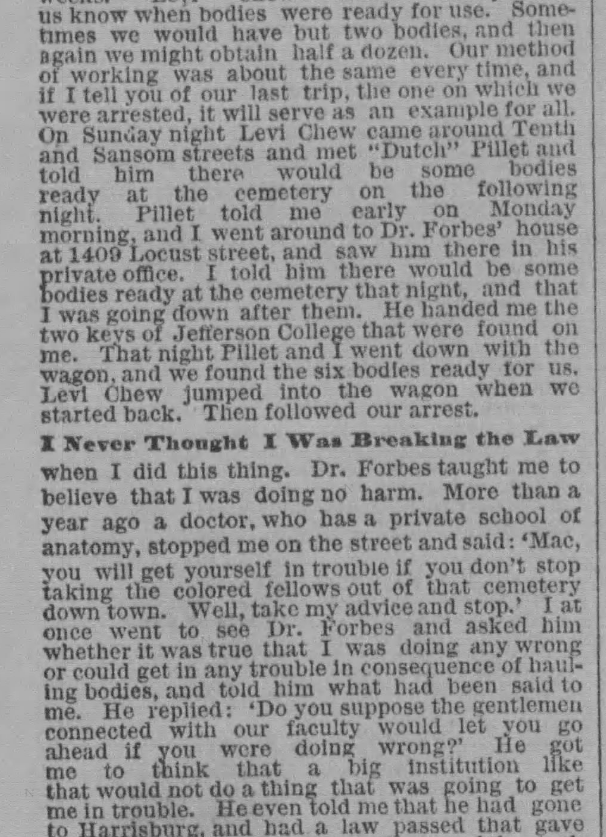
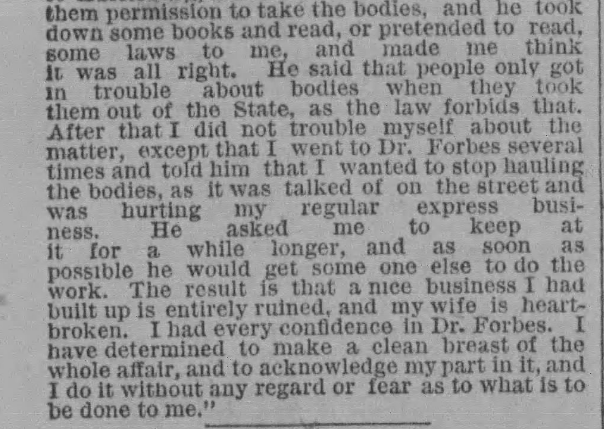
Posted By: Paul - Tue Jun 08, 2021 -
Comments (8)
Category: Crime, Death, Education, Medicine, Cemeteries, Graveyards, Crypts, Mortuaries and Other Funereal Pursuits, Nineteenth Century
Electroplating the dead
In the late 1880s, reports began appearing in American papers about a French physician, Dr. Variot, who had perfected a method of electroplating corpses so that the dead could be "preserved in the form of bronze statuary".I suspect these reports were a journalistic hoax. For a start, I doubt this technique would work. Also, I can't find any reference to a Dr. Variot except in connection to the electroplating story.
More info at Atlas Obscura.


Text (and above images) from the Leavenworth Standard - Feb 9, 1891:
Before the apparatus is plunged in a galvanic bath the body has to be rendered a perfect electric conductor. For this purpose the operator either paints the corpse with a solution of nitrate of silver or he puts a powdered preparation of the same on the surface of the skin. The caustic penetrates the surface, and the skin turns an opaque color. Afterward the nitrate of silver has to be reduced or separated from its oxide, but this presents no great difficulty. The double framework is then placed in a reservoir, from which the air is exhausted by a pump, and vapors of white phosphorus dissolved in sulphur of carbon are introduced. This is a dangerous operation, as are all operations in which dissolved phosphorus plays any part. After the phosphoric vapors have reduced the nitrate of silver the corpse becomes a grayish white, and is a perfect facsimile of a plaster of Paris statue. The metallization is then very simple, being effected by a galvanic bath in the usual way.
The French capital is greatly excited over this method of making indestructible mummies. Should it come into favor metallized bodies may soon take the place of wax figures and statuary in museums, galleries and even private residences. Not only can the last expression of the deceased be preserved, but various poses produced, and by deft manipulation the countenance of the corpse changed to express almost any emotion. The body of the warrior may be made to assume a martial attitude. The dead preacher could be electroplated in the act of exhortation. Statesmen and heroes could bequeath their remains to a sorrowing nation, and coated with gold, silver or brass preside in person over their own monuments. In fact there is no end of practical or romantic purposes to which our plated bodies might be put, from the pointing of a moral to the adornment of a tale, and even to the portrayal of some striking episode in national life.

Posted By: Alex - Fri Jun 04, 2021 -
Comments (6)
Category: Death, Nineteenth Century
Mozart’s Handbook of Mesmerism
Mozart practiced the stick-your-thumb-in-their-eye method of mesmerism.Date unknown (looks like 19th century). Source: Goldberg's Diet Catalog.

Posted By: Alex - Mon May 24, 2021 -
Comments (1)
Category: Hypnotism, Mesmerism and Mind Control, Nineteenth Century
Buckeye Beer
The revitalized company still exists today, but no mention of reinstating their "mascots," Buck and Billy.Read the history here.
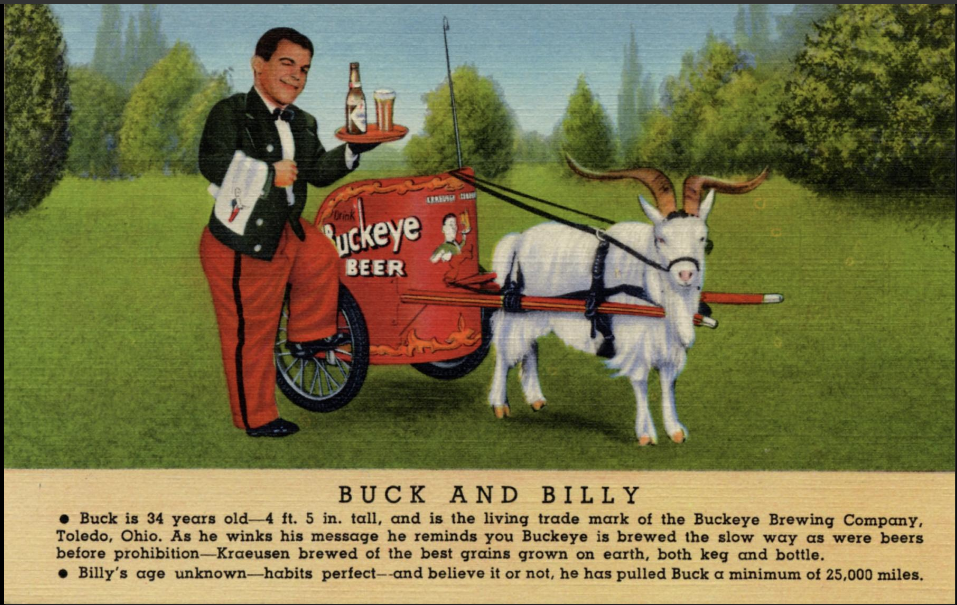
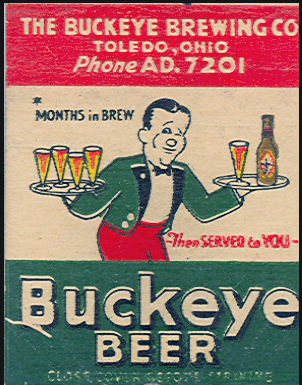
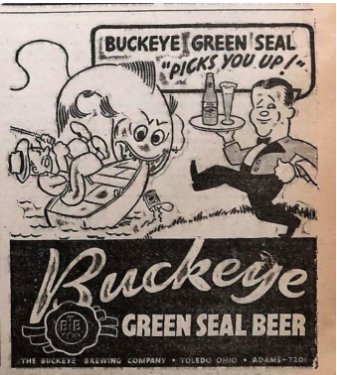
Posted By: Paul - Fri May 14, 2021 -
Comments (1)
Category: Animals, Human Marvels, Regionalism, Advertising, Corporate Mascots, Icons and Spokesbeings, Nineteenth Century, Twentieth Century, Alcohol

| Who We Are |
|---|
| Alex Boese Alex is the creator and curator of the Museum of Hoaxes. He's also the author of various weird, non-fiction, science-themed books such as Elephants on Acid and Psychedelic Apes. Paul Di Filippo Paul has been paid to put weird ideas into fictional form for over thirty years, in his career as a noted science fiction writer. He has recently begun blogging on many curious topics with three fellow writers at The Inferior 4+1. Contact Us |




